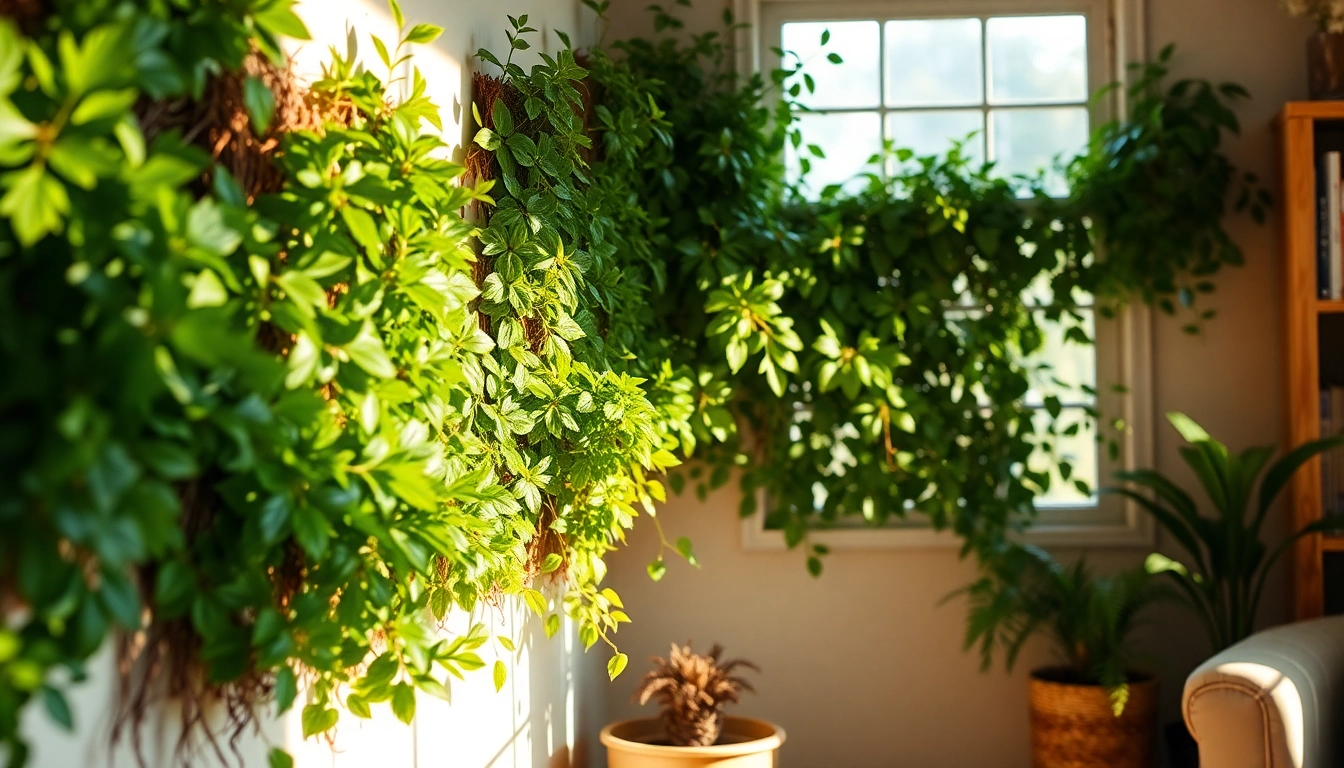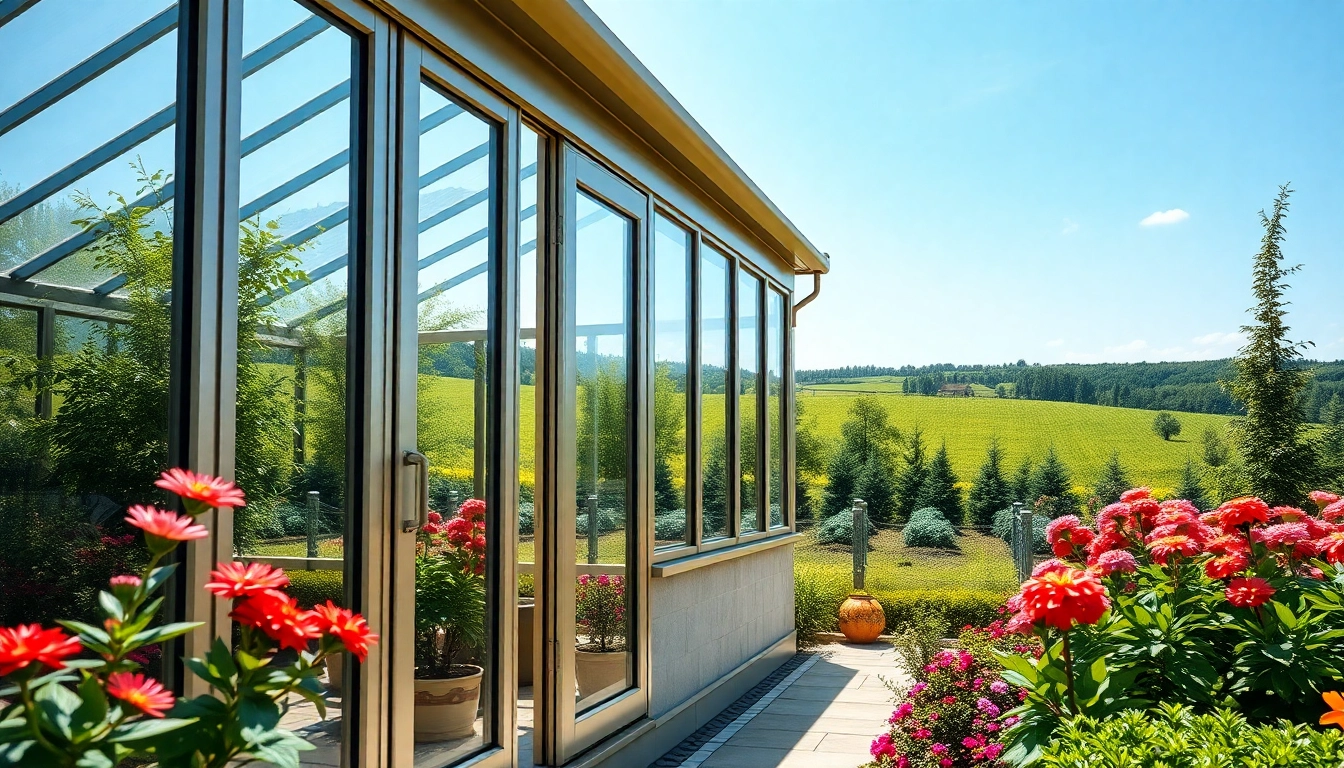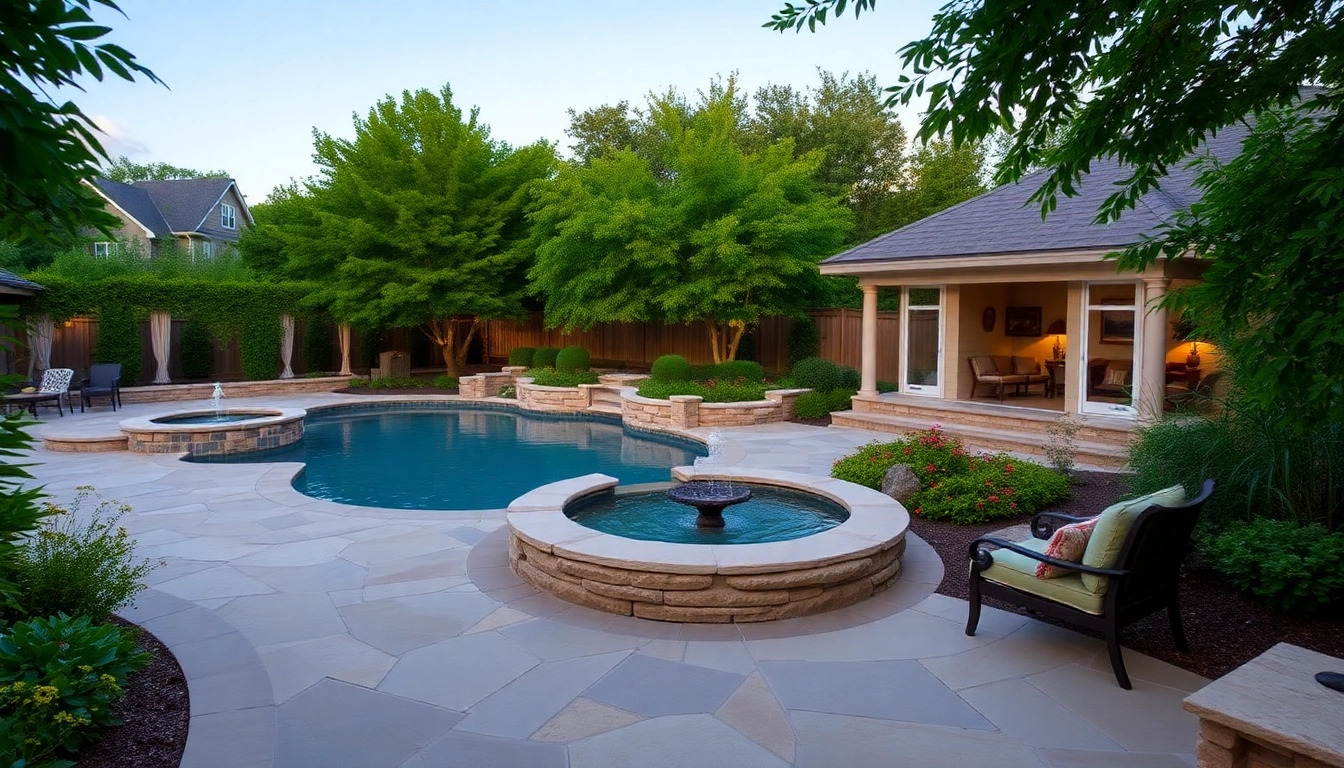Understanding Wandbegrünung Indoor
Definition and Importance of Indoor Greenery
Wandbegrünung Indoor, or indoor vertical gardening, refers to the practice of growing plants on vertical surfaces, such as walls, to create living walls or green walls. This innovative gardening approach merges aesthetics with functionality, enhancing interior spaces while providing several environmental benefits. With urban living becoming more prevalent, and indoor spaces often dominated by concrete and technology, incorporating greenery can significantly improve air quality, reduce noise levels, and create a more serene environment. Indoor plant walls pave the way to revitalizing spaces in homes, offices, and public buildings, presenting not just a visual spectacle but also promoting overall well-being.
Benefits of Indoor Plant Walls
Indoor plant walls offer numerous benefits:
- Air Quality Improvement: Indoor plants absorb carbon dioxide and release oxygen, effectively purifying the air and improving the overall air quality.
- Temperature Regulation: Plant walls can help regulate humidity and temperature, making indoor environments more comfortable.
- Noise Reduction: The presence of plants can reduce noise levels, offering tranquility in bustling urban settings.
- Aesthetic Appeal: A visually appealing vertical garden becomes a focal point of interest, blending effortlessly with interior design elements.
- Emotional Boost: Exposure to plants has been linked to reducing stress and improving concentration and productivity levels.
Types of Plants Suitable for Indoor Wandbegrünung
When selecting plants for indoor vertical gardens, it’s essential to consider the plant’s growth habits, light requirements, and compatibility with indoor conditions. Here are a few popular choices:
- Succulents: Hardy and low-maintenance, succulents thrive in various conditions, making them perfect for beginners.
- Ferns: They flourish in humid environments and can add lush greenery to indoor spaces.
- Herbs: Growing herbs such as basil and mint not only enhances aesthetics but also provides fresh ingredients for your cooking.
- Peace Lilies: These plants are known for their air-purifying qualities and ability to thrive in low light.
- Pothos: Renowned for their trailing vines, pothos are adaptable and forgiving, ideal for indoor gardening.
Choosing the Right Location for Your Plant Wall
Assessing Light and Space Requirements
Before committing to a specific wall for your plant installation, it’s crucial to assess the space and its exposure to natural light. Ideal locations for plant walls should ideally receive indirect sunlight. Low-light plants can thrive in shadowy corners, while sun-loving species may require exposure to bright, filtered light. A simple way to gauge current light levels involves observing daylight patterns throughout the day and noting how they might fluctuate with seasonal changes.
Considering Wall Materials and Structure
The material of your wall significantly influences your plant wall’s viability. Wooden, plaster, and concrete surfaces can accommodate various planting systems, while issues may arise with weaker wall structures or those coated with certain finishes. Ensure the selected wall can support the additional weight of soil, plants, and moisture, preventing structural problems down the line. Incorporating proper drainage solutions is also essential, as stagnant water can damage walls and promote unwanted pests.
Designing Your Layout for Maximum Impact
Effective design requires creativity and a bit of planning. Consider a mix of plant sizes, colors, and textures to create visual interest. Layering plants can also add depth and dimension, allowing taller plants to lean against shorter specimens while providing ample space between each section for airflow. Sketching your plan can be beneficial, helping you visualize the end product and avoid overcrowding.
Installation Process for Wandbegrünung Indoor
Tools and Materials You’ll Need
Before diving into the installation of your indoor plant wall, gather the necessary tools and materials:
- Vertical gardening system: Choose from pre-made panels, DIY kits, or create a custom solution.
- Soil and planting media: Select high-quality potting soil designed for indoor plants.
- Mounting hardware: Ensure that your installation system comes with fittings that match your wall type.
- Watering equipment: A spray bottle or drip irrigation system can provide gentle watering.
- Gardening gloves: Protect your hands during the installation process.
Step-by-Step Installation Guide
Here’s a straightforward step-by-step guide to installing your indoor plant wall:
- Select your system: Choose a vertical gardening system that suits your environment.
- Prepare the wall: Ensure the selected wall is clean, stable, and free from damage.
- Install the frame: Follow provided instructions to securely mount the frame to the wall.
- Add planting media: Fill the planting areas with the chosen soil mix, ensuring an even distribution.
- Plant your selections: Arrange the plants as per your design, ensuring adequate spacing and orientation for light exposure.
- Water and maintain: Water the wall appropriately based on the plant types and monitor for any adjustments needed.
Common Challenges and How to Overcome Them
Setting up an indoor plant wall can come with its fair share of challenges:
- Insufficient Light: If your space lacks natural light, consider supplementing with grow lights to promote healthy growth.
- Overwatering: Water needs sufficiently vary among different species. Watch for drooping leaves or discoloration, which could signify overwatering.
- Pest Infestations: Prevent pests by regularly inspecting your wall and introducing beneficial insects when needed.
Maintenance of Indoor Plant Walls
Watering and Soil Considerations
Establishing a watering regimen is critical to maintaining a thriving plant wall. The frequency will depend on factors such as plant type, wall material, and climate. A general rule of thumb is to water when the top inch of soil feels dry. Use moisture meters to precisely gauge the moisture levels in the soil.
Pest Control for Healthy Plants
Regular monitoring is essential for pest management. Keeping plants healthy through proper care and hygiene will contribute to their resistance against pests. If pests appear, opt for organic solutions like insecticidal soap or neem oil to maintain plant health without harmful chemicals.
Seasonal Care Tips for Longevity
Adapting care protocols with the changes of the seasons helps ensure your plant wall remains vibrant throughout the year. Consider the following tips:
- Winter: Reduce watering as plants usually enter a dormant phase.
- Spring: Fertilizing can kick-start plant growth as daylight hours increase.
- Summer: Increased humidity might lead to fungal growth; regular pruning will maintain airflow.
- Fall: Prepare plants for the approaching winter by gradually adjusting watering and light exposure.
Creating Unique Designs with Wandbegrünung Indoor
Integrating Art and Decor with Your Plant Wall
Innovative designers often consider plant walls as a multifunctional canvas. Integrating artwork or decor items can enhance the overall aesthetic while making a statement. Utilizing frames or hanging sculptures creates visual interactions between planes, and different textures can add character. Collaborate with local artists to create unique installations that embody your space’s spirit.
Incorporating Different Textures and Colors
Choosing plants with various colors, shapes, and textures can create an impressive visual spectacle. Consider contrasting soft, lush foliage with rigid, linear leaves. This interplay encourages viewers to appreciate the diverse beauty of your vertical garden, while the colors can create mood and emotion in the space.
Inspiring Examples from Around the World
Around the globe, stunning examples of indoor plant walls serve as inspiration:
- One Central Park, Sydney: Featuring two green walls designed by renowned architect Ken Yeang, this development showcases lush vertical gardens integrated into its architecture.
- Woolworths, Australia: This supermarket chain has incorporated vertical gardens into many locations, blending commerce with nature to enhance customer experiences.
- Google, Dublin: Google’s offices feature extensive plant wall installations, emphasizing their commitment to well-being in the workplace.


